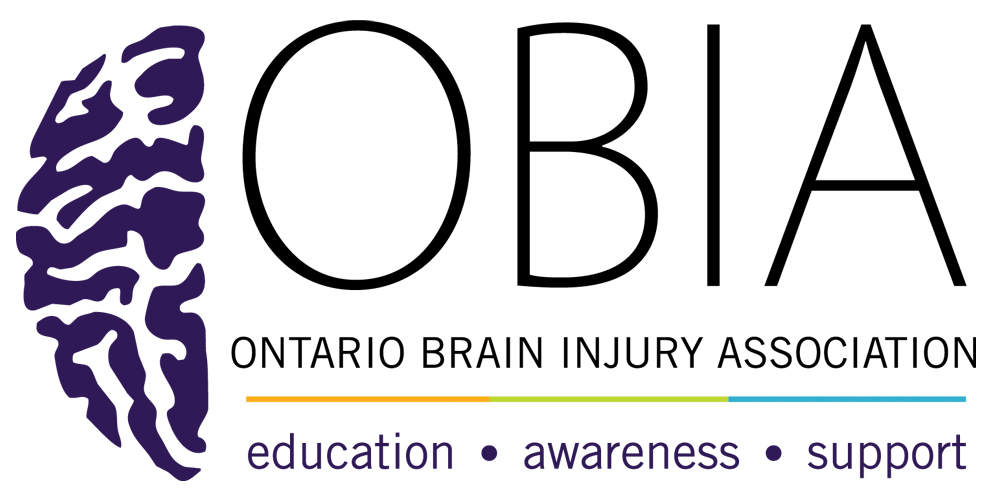Quick Facts
- 20-40 percent of individuals with a brain injury will experience vision problems
- Vision problems may be permanent or may go away quickly
- Difficulties that may occur following a brain injury include:
- Visual acuity loss: blurred vision
- Visual field loss: double vision, also known as diplopia
- Nystagmus: involuntary rhythmic shaking of the eyes
- Fluctuating vision: may be able to see something one day then not the next
- Strabismus: eyes do not look at the same point at the same time
- Blindness: complete blindness as a result of brain injury is rare
What does it
look like?
-
- Eyes may tear up
- Headaches
- Sore eyes, eyes feel like they are “pulling”
- Vertigo or nausea
- Sensitivity to light
- Difficulty judging distances, bumping into things or people
- Difficulty concentrating
- Irritability in places where there may be a lot of visual stimuli
Possible Causes and Complications
Possible causes:
- Injury to the eye and/or the nerves that carry signals from the eye to the brain
- Injury to the neurons that communicate between different parts of the brain
- Damage to the visual cortex
Possible complications:
- Reading difficulties and comprehension challenges
- Loss of a driver’s license or driving difficulties
- Social isolation, fear of crowded places
- Ongoing headaches
What can we do?
To help with sensitivity to light:
- Wear sunglasses both inside and outside if necessary, wear eye patch as prescribed
- Wear tinted glasses indoors or outdoors as prescribed by vision therapist
- Use natural light or non-glare/non-fluorescent lighting when possible
- Take breaks often when involved in tasks/activities that rely on vision (i.e. reading)
- Avoid visual overload by cutting down on the clutter in the home
To help with visual acuity loss:
- Use large print, a magnifying glass, and increase font size on the computer
- Increase contrast of text and on screens
- Write with a thick black pen on white background
- Use dark background with light objects, or light background with dark objects
To help with visual field loss:
- Scan the environment by moving the head back and forth
Disclaimer: This information is not meant to replace advice from a medical doctor. Consult a health care provider regarding specific medical concerns or treatment.

